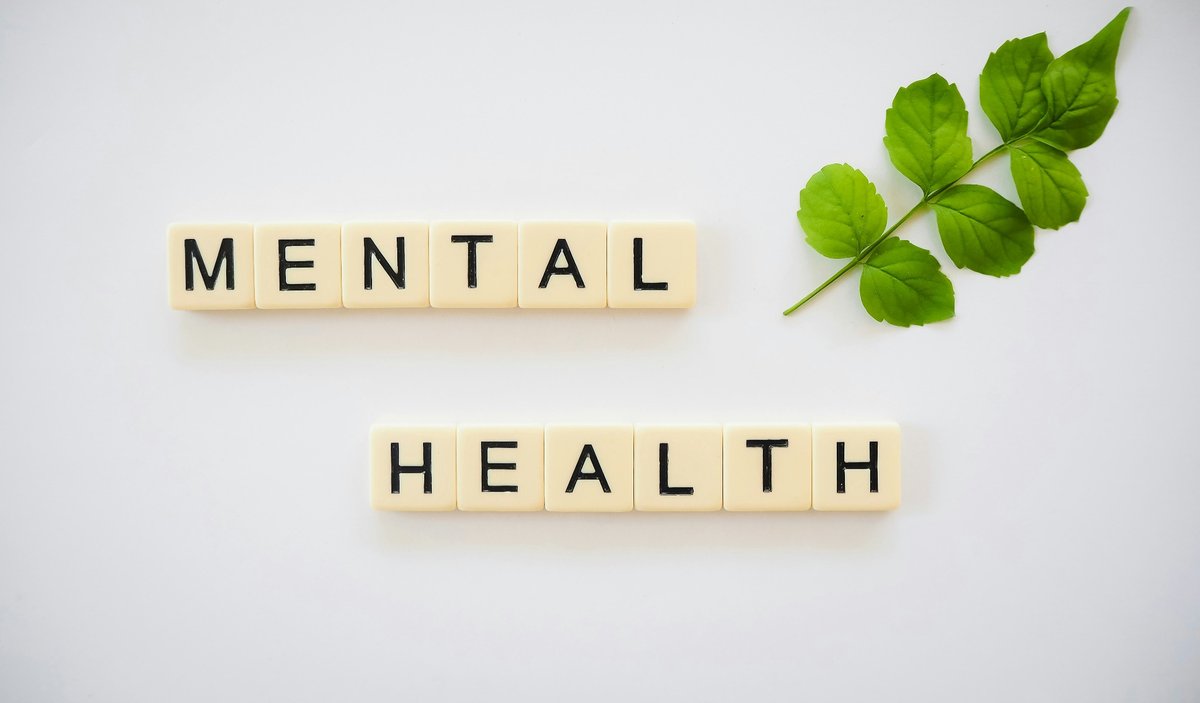Education is changing in ways that reach far beyond test scores and curriculum design. Across classrooms, from kindergarten to high school, teachers and administrators are beginning to recognize a powerful truth: children cannot learn effectively if they are in pain. Trauma-informed education and mental health support in schools are not passing trends they are becoming the foundation for how we teach, connect, and nurture young minds in 2025 and beyond.
For decades, schools were seen primarily as places to deliver academic knowledge. But the growing body of research around childhood trauma, anxiety, and emotional regulation has forced educators to reconsider that model. Today, the question is not only what students learn, but how their life experiences shape their ability to learn. Whether it’s family instability, social pressure, grief, or exposure to violence, many students walk into the classroom with invisible burdens. Trauma-informed practices aim to make schools safer spaces emotionally, psychologically, and socially so that learning can truly take root.
At its core, a trauma-informed school acknowledges that behavior is communication. When a student acts out, withdraws, or struggles to focus, the response is no longer immediate punishment or labeling; it’s curiosity and compassion. Teachers trained in trauma-informed approaches ask, “What happened to you?” instead of “What’s wrong with you?” That subtle shift reframes the classroom dynamic from authority and discipline to empathy and understanding. It recognizes that a student’s meltdown may not be defiance but a stress response triggered by previous experiences.
The growing emphasis on social-emotional learning (SEL) complements this movement. SEL programs teach students how to identify emotions, regulate stress, communicate effectively, and build healthy relationships skills that are as vital as reading and math. In trauma-informed environments, SEL is not an add-on or a one-week unit; it’s woven into daily routines. Teachers begin the day with emotional check-ins, mindfulness exercises, or open conversations that normalize talking about feelings. These small rituals help students feel seen and valued, creating a sense of belonging that strengthens engagement and academic performance.
Another major shift is happening in school design and policy. Across North America and Europe, districts are rethinking everything from classroom layouts to disciplinary procedures. Harsh fluorescent lighting, rigid seating, and zero-tolerance policies are giving way to calming spaces, restorative justice practices, and flexible learning zones where students can decompress. Mental health professionals—once limited to the counselor’s office—are becoming integral members of school teams, collaborating with teachers to identify at-risk students early and offer targeted support. The rise of school-based mental health clinics and partnerships with local therapy services reflects a broader understanding that emotional wellbeing and education are inseparable.
Of course, these changes come with challenges. Teachers are already stretched thin, and adding emotional labor to their responsibilities can be overwhelming. That’s why professional development and self-care for educators are critical parts of trauma-informed reform. Schools that truly commit to this approach must support not just students but staff providing training, time, and emotional resources to prevent burnout. The goal is to create communities of care where everyone, adults and children alike, feels supported.
The benefits are undeniable. Schools that adopt trauma-informed frameworks report improved attendance, reduced behavioral issues, higher graduation rates, and stronger relationships between students and staff. But beyond data, what’s most striking is the shift in culture. A trauma-informed school feels different. It’s quieter, calmer, and more humane. Students trust their teachers; teachers listen before reacting; and learning becomes not just about academics but about healing, resilience, and growth.
As mental health continues to dominate public conversations in 2025, education systems are realizing they cannot remain separate from it. The classroom is not just a space for instruction it’s a microcosm of society. When schools embrace trauma-informed practices, they send a powerful message: that empathy, safety, and emotional literacy are not luxuries but necessities. These environments don’t just teach children facts they teach them how to navigate life. And in doing so, they lay the groundwork for a generation that learns with open minds and compassionate hearts.









